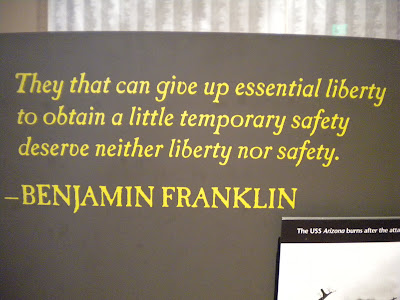
Without intending to be a seasonal reader, I finished Jeffrey Lent's In the Fall, a novel about three generations of a Vermont family grappling with its own history. The first thing I noticed about Lent's writing is his use of fragments. All the time. On purpose. I think. I'm not sure if this is his writing style generally, as this is his first novel and the first (if there are more) of his that I have read, but it is a style well-suited to a novel with this subject material. The story of Leah, a runaway slave whose sad history included being gang-raped and mistreated by her white slave-owning father, is tragic but unfortunately believable; less believable is her marriage to Norman Pelham, a northbound Yankee soldier. Norman and Leah return to Vermont to start a family; their children and grandchildren's lives are recounted to the steady metronome of the passing seasons. The novel ends with Foster Pelham's discovery of his grandmother Leah's origins in Sweetboro, his own ancestry, and the despicable cause of Leah's catastrophic suicide. Lent makes one thing clear: that through the years, many things come to pass and many things change but the sourest parts of human nature - its predatory instinct and the young child's cruel tendency to exclude, construct hierarchies, and inflict pain for the simple fact that he can - remain. These insights are timeless in their relevance; the focus on family, ancestry, marriage and children struck me particularly as I am learning to articulate these things for myself and from the new position of fiancee. I have already learned that weddings are stupidly complicated and arrive with a set of nuanced politics all their own. Families and lineages blending creates quite a stir, and everyone has at least one opinion on the way "things should be" that renders it impossible to please anyone, accomplish anything, or celebrate one's own life choices in a way one sees fitting. I am calmed only by the knowledge that this fluster, too, shall pass.
It seems ironic to read a book called In the Fall right as fall begins, but perhaps it can offer a gentle harbinger of the delights to come, and a lesson for the churning negotiations of the moment. Living in New York has been a lesson in patience and the acceptance of the natural world's insistence and cyclical nature, but having weathered a few seasons I feel now excited for the particular joys of the next: scarves, windy streets with fallen leaves dancing down them, pumpkin lattes, cider with cinnamon sticks, squash, the last crisp fall apples, and those glorious sharp icy blue days before the chill sets in for the winter. And then, there are months of dormant grey-white, snowballs, stews, boots, hats, and empty streets, beaches, yards...perhaps the wisdom being to appreciate where I am, fully enjoy the blessings and treasures of the moment while quietly laughing at the elements of the ridiculous that manifest themselves, and to absorb it all for what it is, not trying to change it...but just, to ride the seasons of life with a good sense of humor, a voracious appetite for life, and an eye for the beauty in it all, loving it, just for what it is.






















